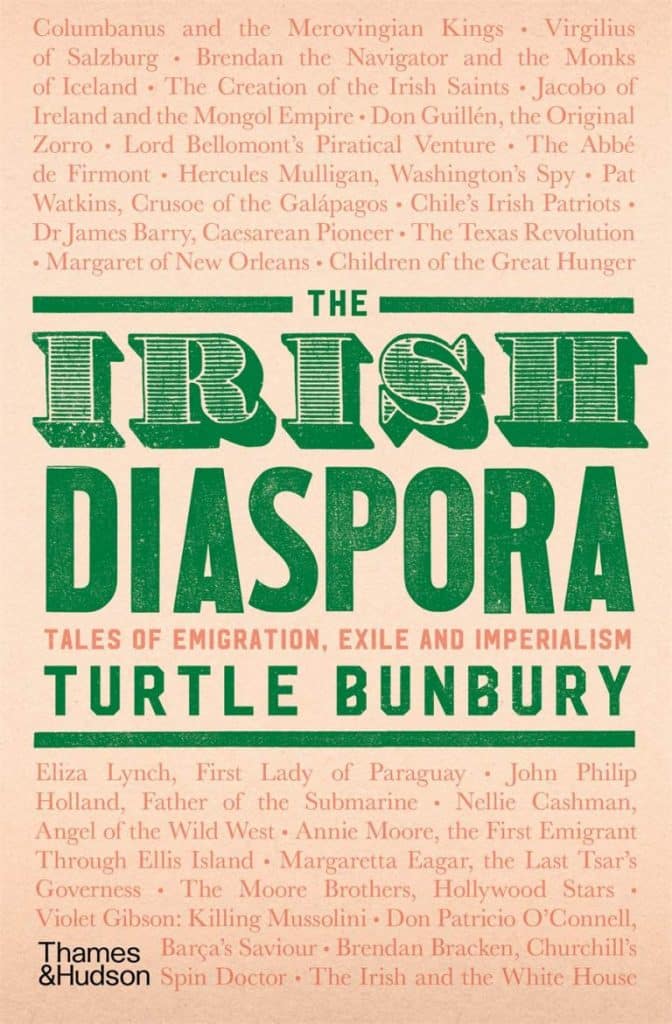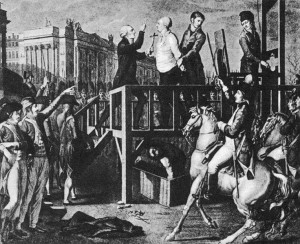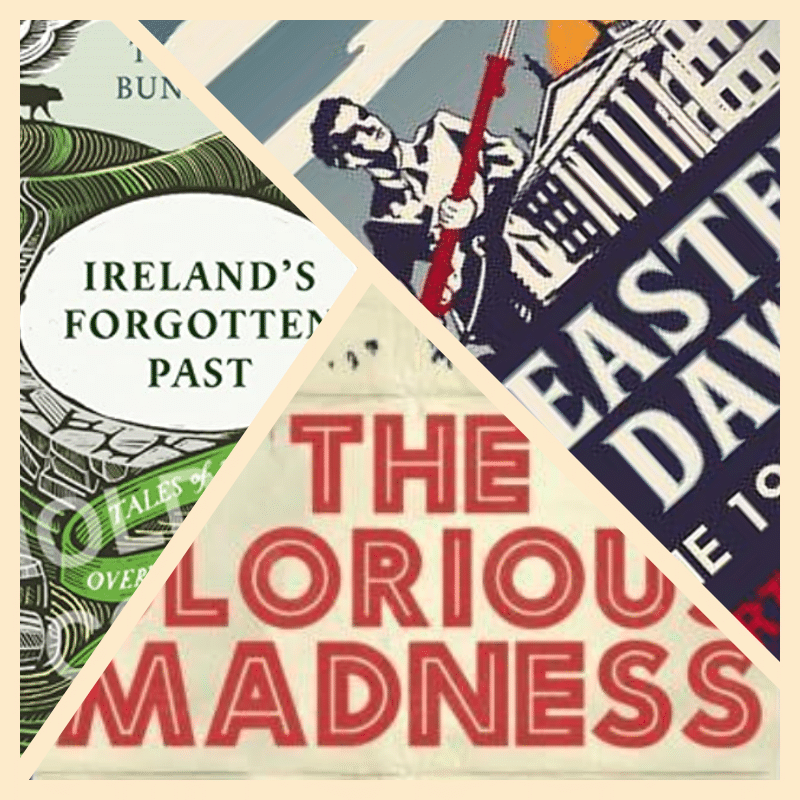A review of ‘The Irish Diaspora – Tales of Emigration, Exile and Imperialism’ by Turtle Bunbury
By Audrey Cunningham.
During his 1963 visit to Ireland John F Kennedy remarked that “Ireland has only had one main export and that has been its people”. When considering the story of the Irish diaspora we traditionally default to thinking about the flood of emigration from the time of the famine. We reflect upon the hundreds of thousands who left because of rising rents, bad landlords, eviction and the Great Hunger. We also ponder on the more recent economically motivated departures during the 1940s and 1950s, another era of mass emigration, and then the 1980s, a time of recession and unemployment which saw many thousands leave these shores.

When we reflect on where they went, America, Canada, Australia, New Zealand and the UK come to mind. However, each St Patrick’s Day, with fabled landmarks and sites in over 66 different countries lighting up green, reminds us how far that global Irish emigrant footprint has reached.
Emotionally we often consider the Irish emigrant who left our shores as a victim of colonisation or economic strife -that they embarked on a journey to improve their lot, to be good citizens of the world. However, this was not always the case. Irish emigrant history is populated with missionaries, slave owners, pirates, inventors and explorers.
Just when you finish a chapter to take a break from the read, you find yourself turning the page for….. just one more story.
The narrative about Irish emigration is described through a collective lens often failing to consider individual stories of bravery or boldness, of fantastical adventures, evil exploits, great deeds, heinous crimes or humanitarianism.

The stories within the story told by Turtle Bunbury in ‘The Irish Diaspora – Tales of Emigration, Exile and Imperialism’ weave the tapestry of Irish emigration through over nearly 1500 years and many carefully chosen life stories, each a potential book in itself.
His pacey but well-researched narrative is addictive.

Bunbury tells us the stories of the Irish adventurers starting with the first Irish Missionaries to bring Christianity to Europe and Iceland; and with Irishman Jacobo of Ireland we journey to the heart of the Mongol Empire in 1325. We get to know the “plucky friar” and a cast of colourful characters.
The research that underpins the short and engaging biographies delivers credible detail. Immortalised as Zorro, William Lamport later known as Don Guillen de Lampart born in 1611 travelled from Wexford to Central America and became a martyr for Mexican independence. He was executed by the Mexican Inquisition and is posthumously recorded as a brilliant humanist, a Renaissance man and a champion of the underprivileged.
The fear felt by the Abbé de Firmont, confessor to King Louis XV1 at his execution during the French revolution resonates down the ages.
The fear felt by the Abbé de Firmont, confessor to King Louis XV1 at his execution during the French revolution, resonates down the ages. Formally Henry Edgeworth from County Longford, he worried he might be beheaded alongside the King and the hostile mood of the crowds palpitates from the pages.

Inevitably not all emigrants were admirable. Born in about 1725 Richard Brew from Ennis was for a time the most successful slave trader on Africa’s West Coast. Known as Buffalo Slayer, George Gore, cousin of Constance Markievicz was known for his ceaseless bloodlust. Hunting was his passion and he is remembered, coldly, in particular for a three-year killing spree across the prairies of North America and Canada.
Many Irish left their mark but may not be so well known. Bunbury tells us the story of John Philip Holland, the engineer from Clare who developed the first submarine to be commissioned by the US Navy. Mayo-born Louis Brennan invented the torpedo.
Then there are the ‘Believe it or believe it not’ stories. Bunbury describes the fascinating life of Cork woman Eliza Lynch who became first lady of Paraguay. Her fellow Cork woman,Nellie Cashman, was one of the most colourful icons of the pioneering age, becoming the only woman mining expert in the United States in the 1880s. Margaretta Eagar was governess to the daughters of Nicholas 11, the last Tsar of Russia from 1898 to 1904. Dubliner Violet Gibson attempted to assassinate Benito Mussolini in 1926.

More recent subjects include the three Moore brothers, actors Owen, Tom and Matt who starred in over 600 movies and who all have a star on the Hollywood walk of fame. However, Owen’s career was eclipsed by that of his wife who was Mary Pickford. Also included are Galwayman William Joyce who became the English voice of Hitler’s Germany, and Tipperary born Brendan Bracken one of Winston Churchill’s closest friends and right-hand man.
Bunbury’s book is a delightful read. Even if you recognise several of his characters you are sure to become acquainted with some new and exotic forces of history at its most vibrant.
Published by Thames and Hudson.
Available in bookshops nationwide, and online.
